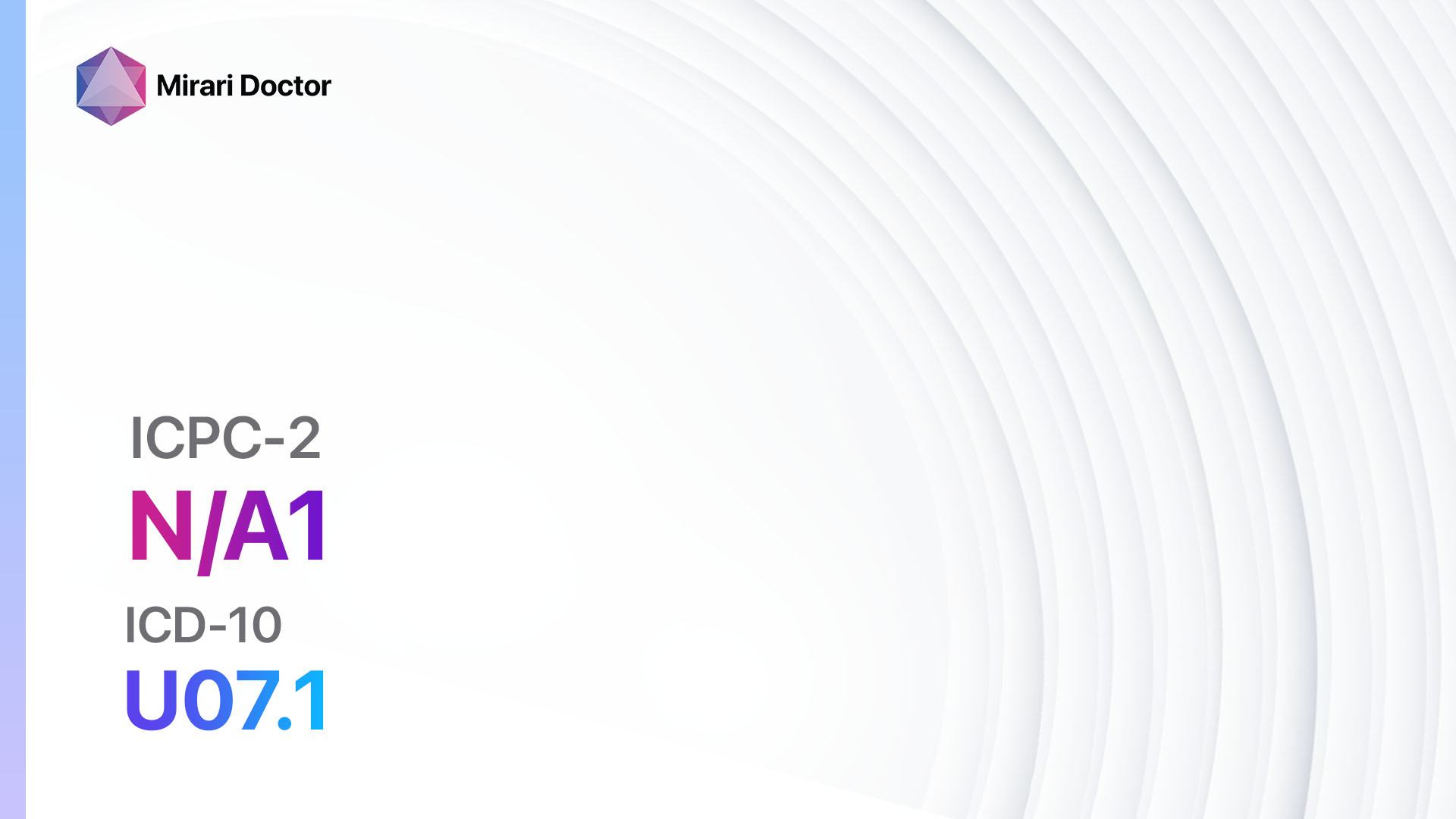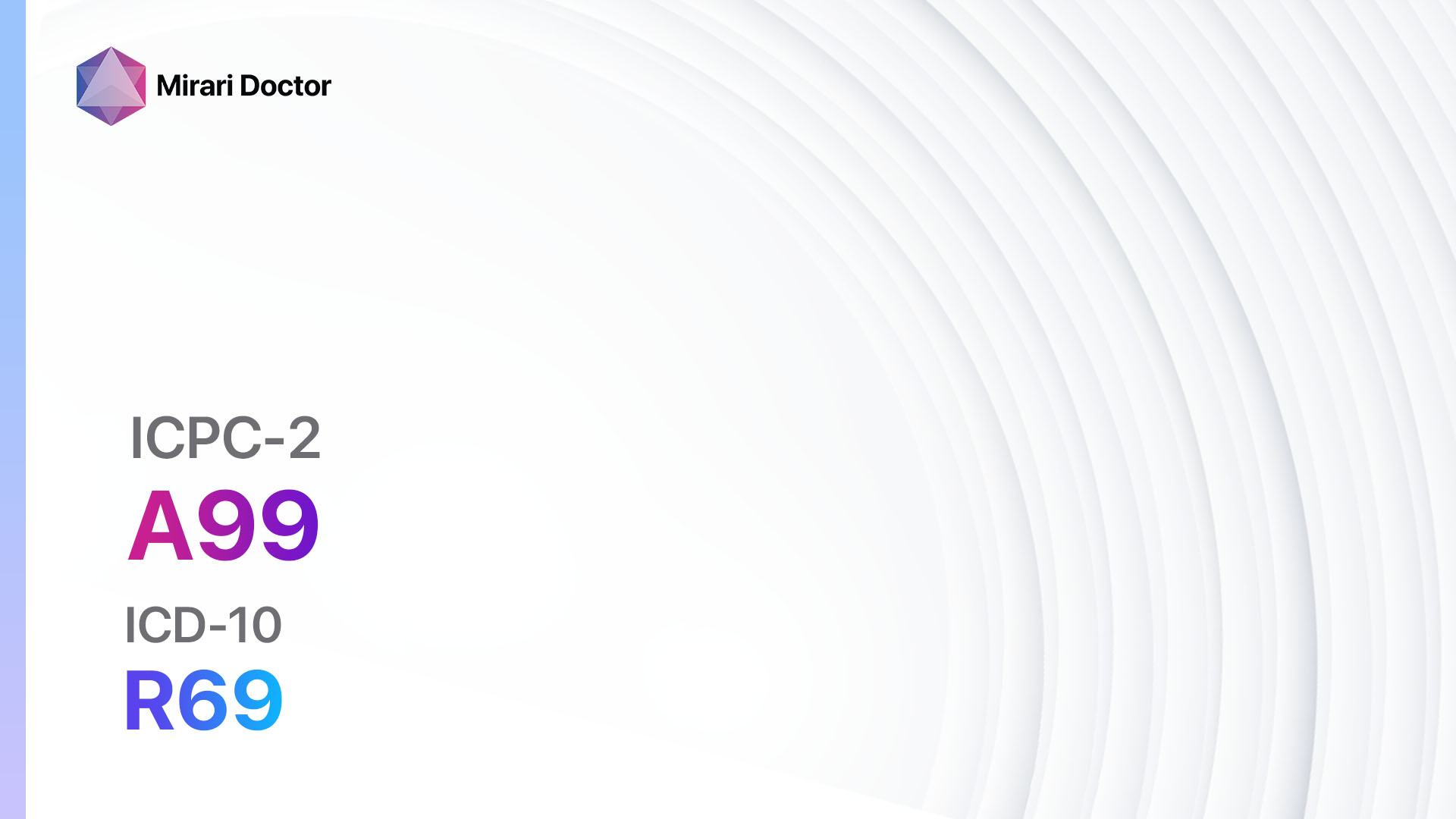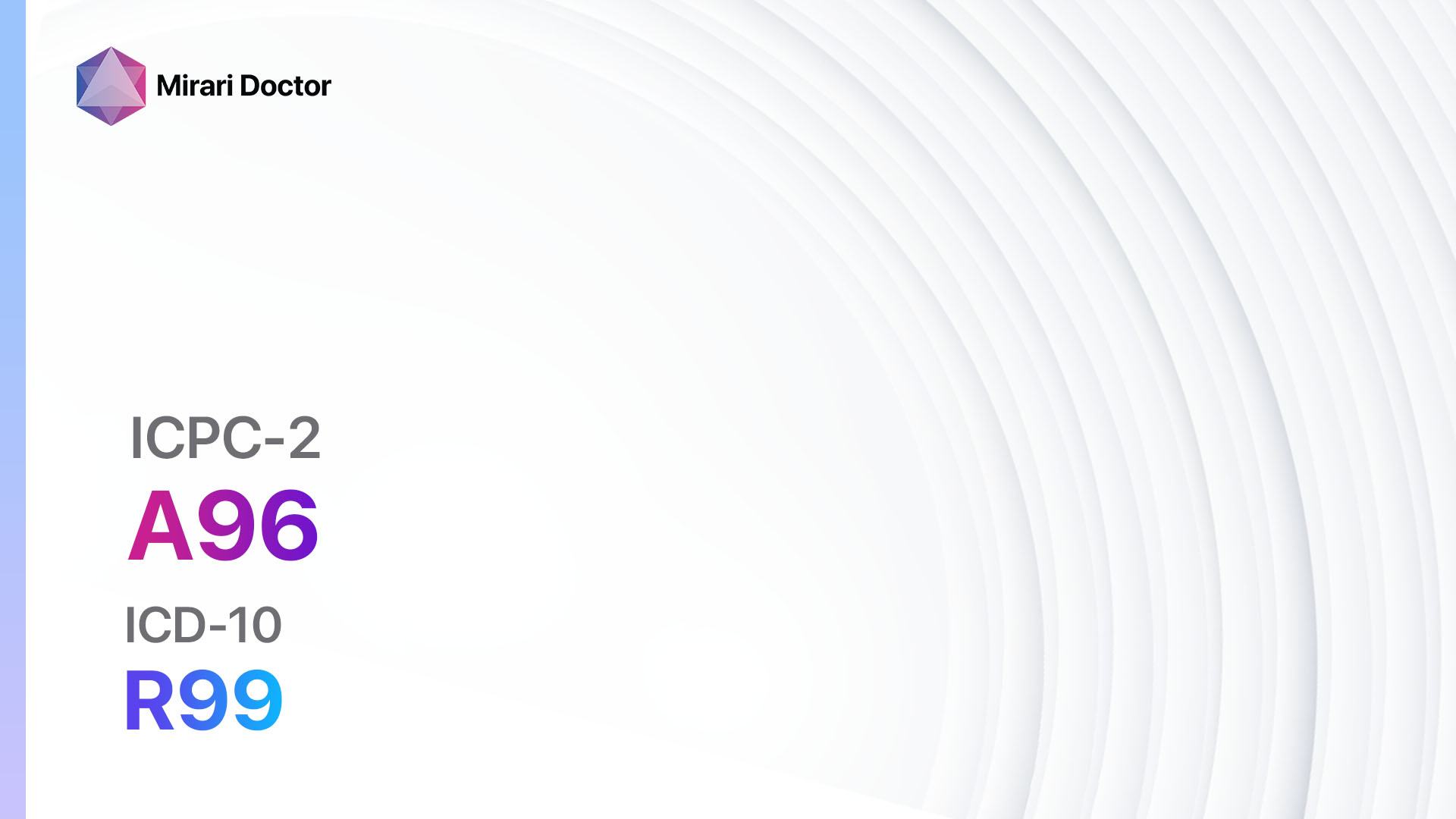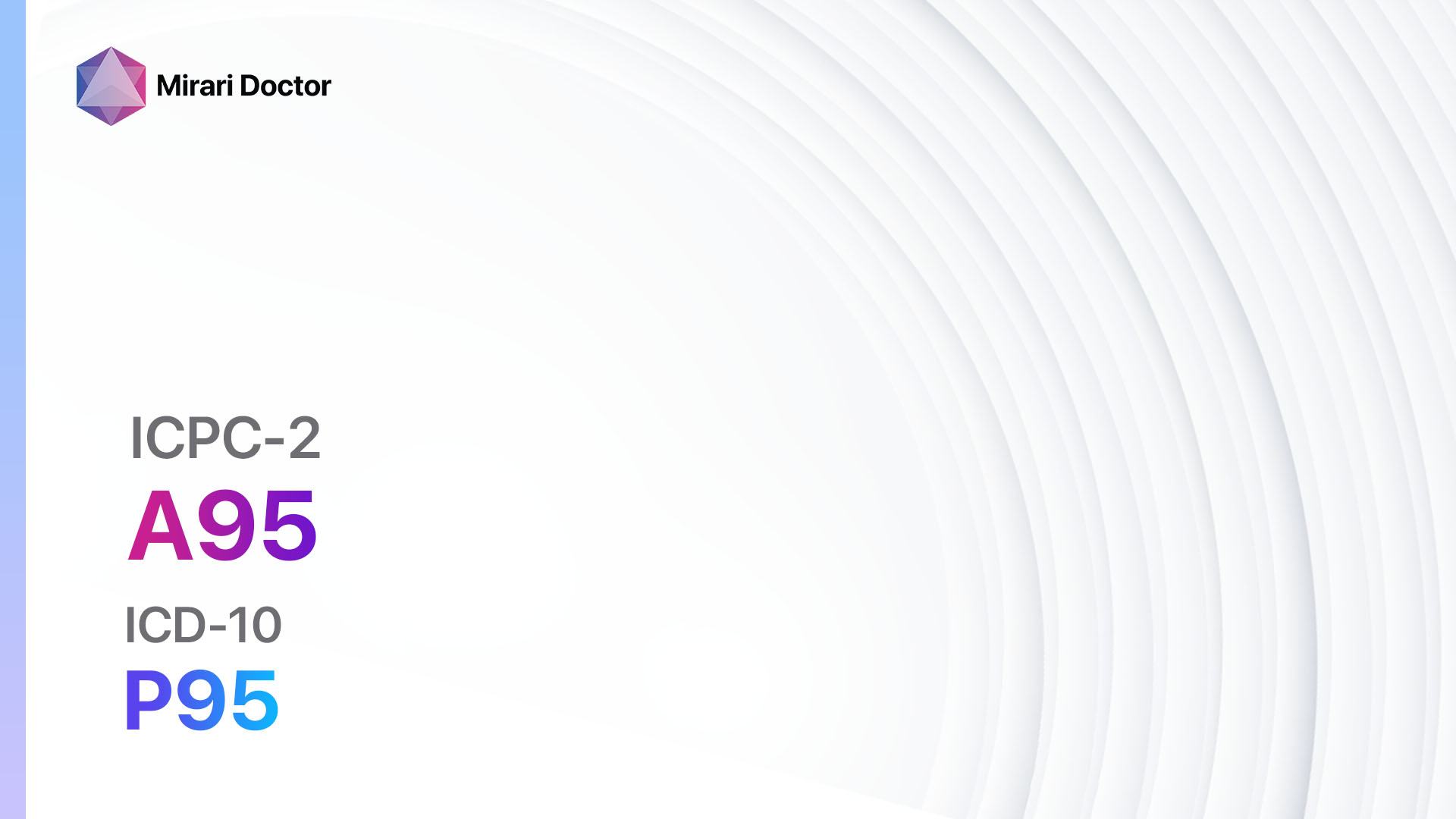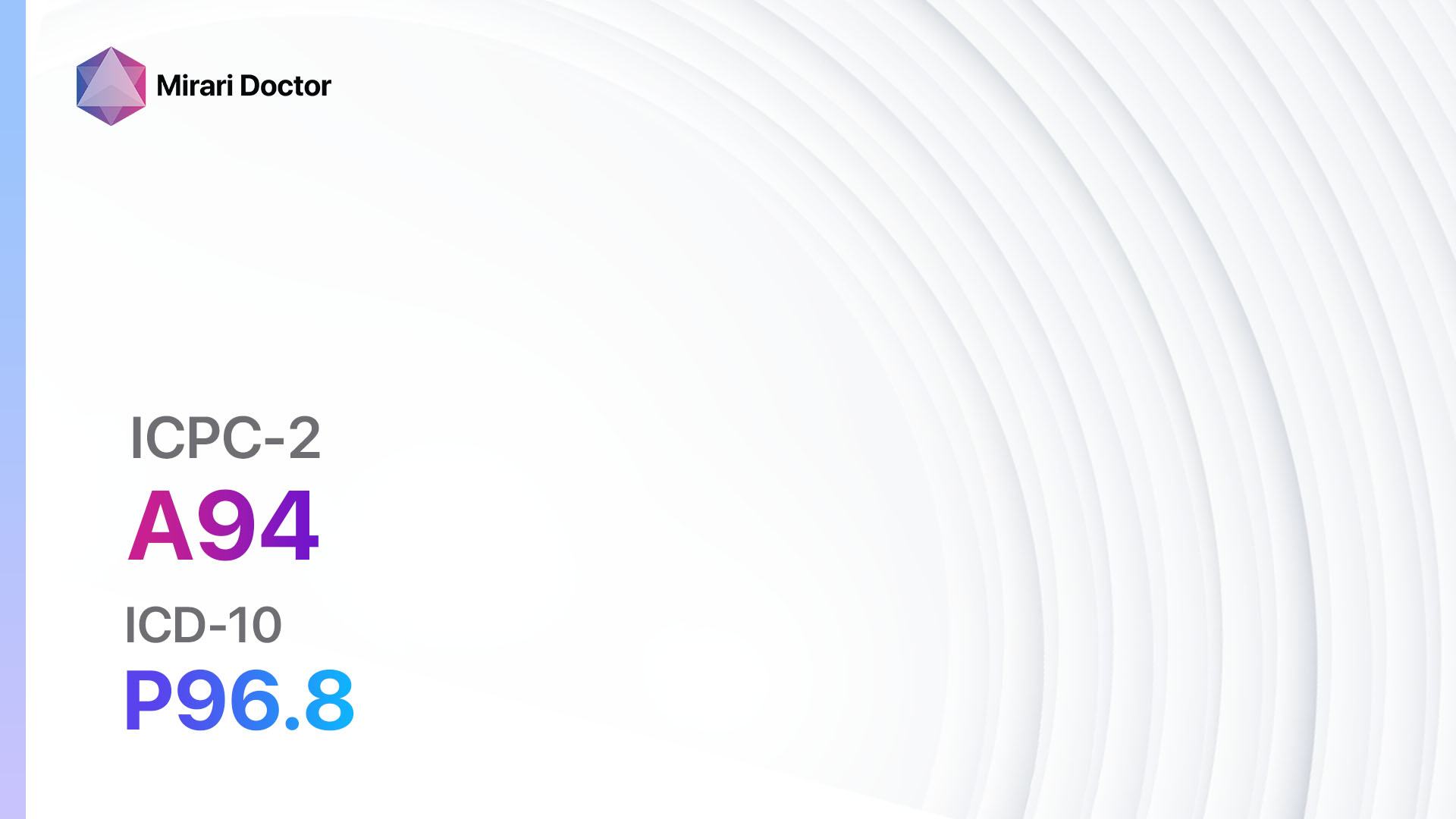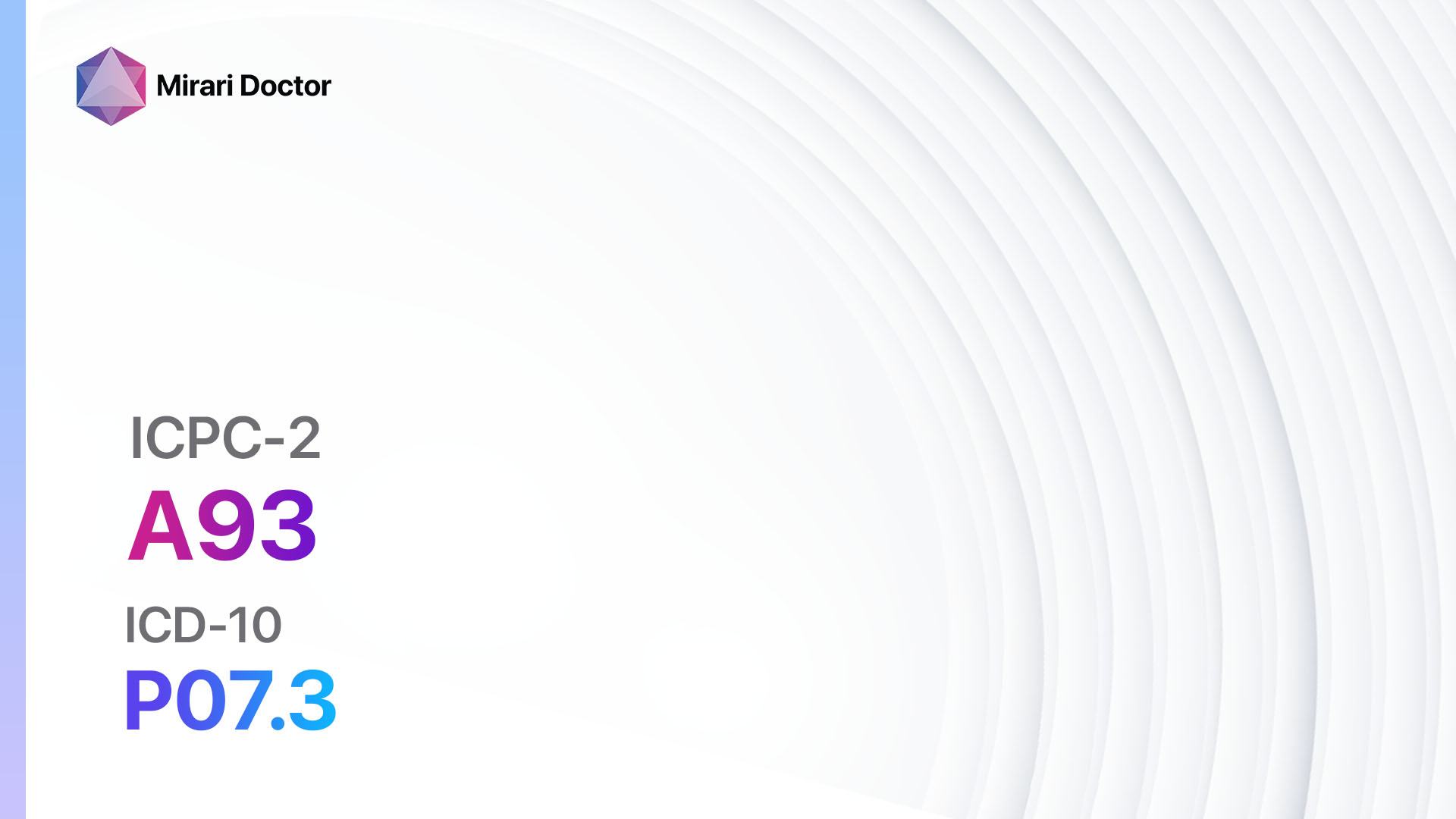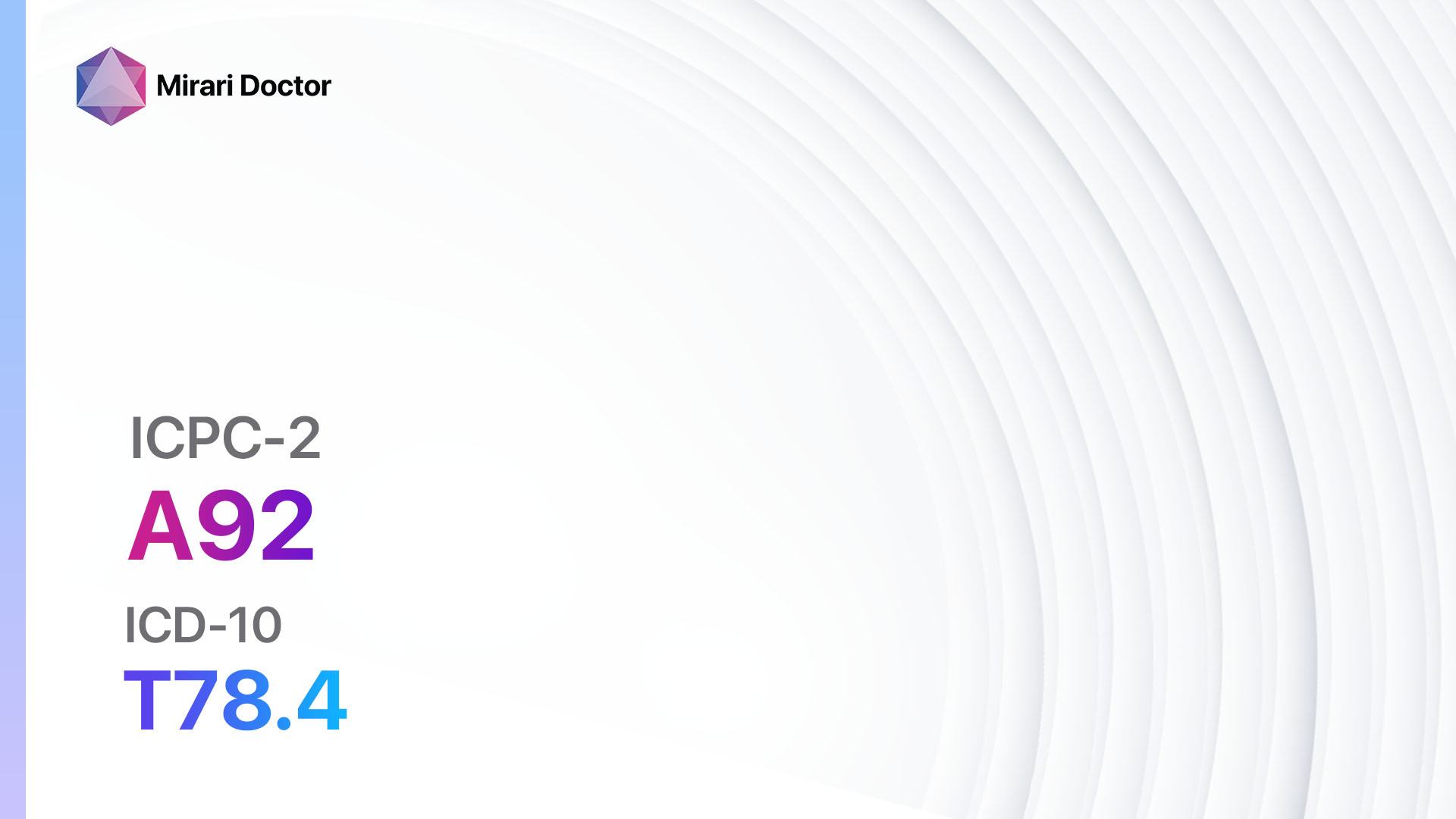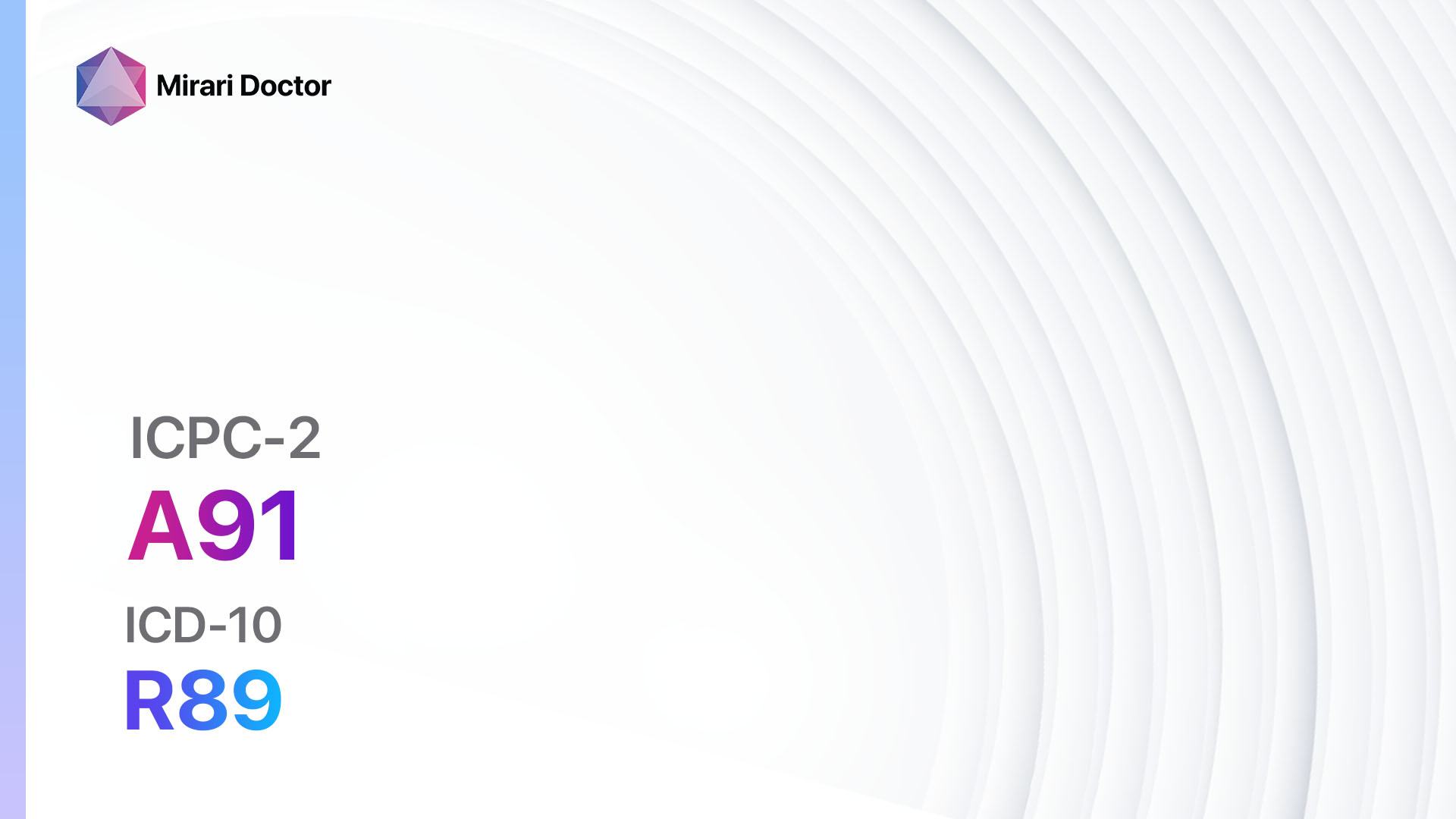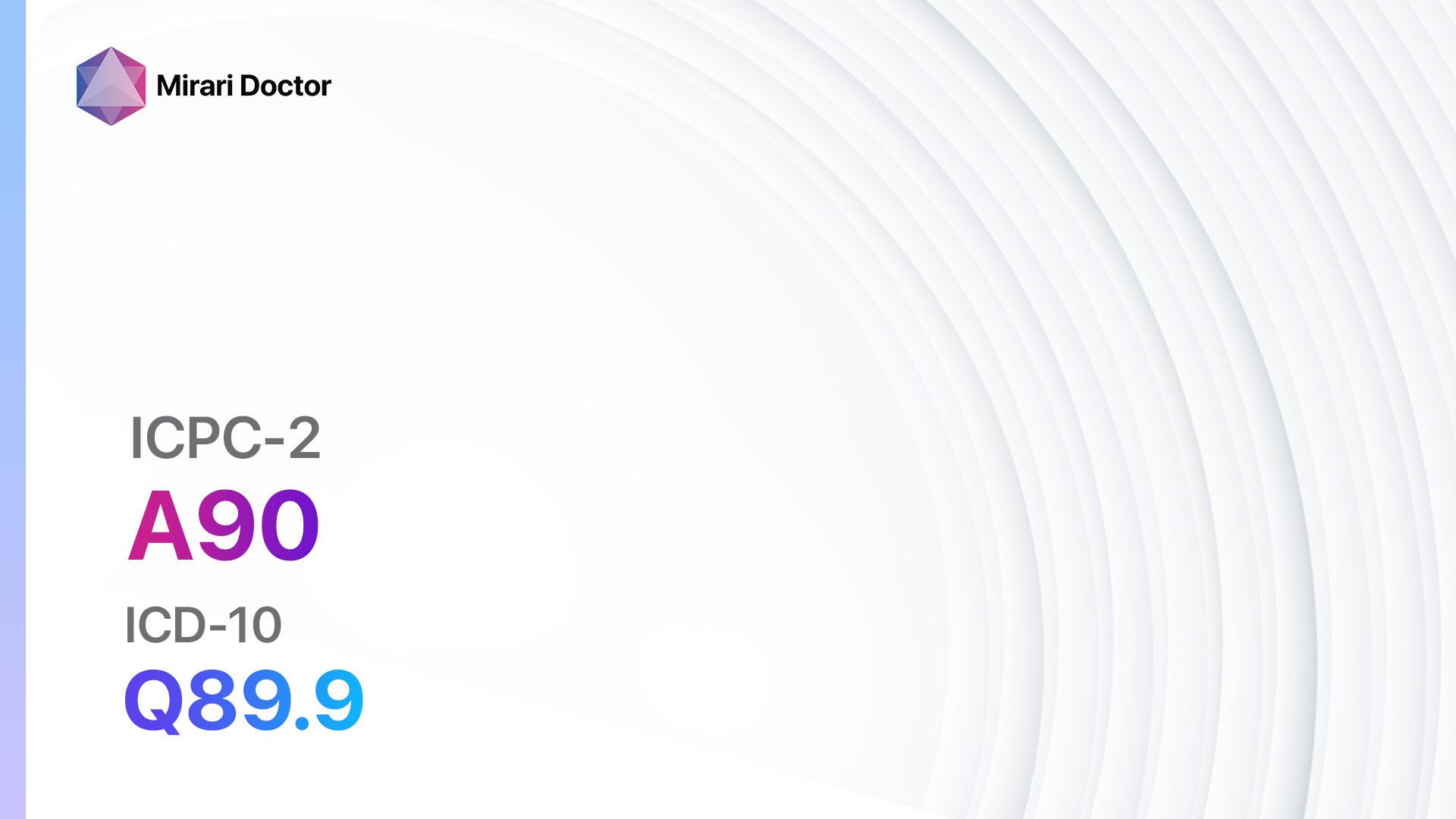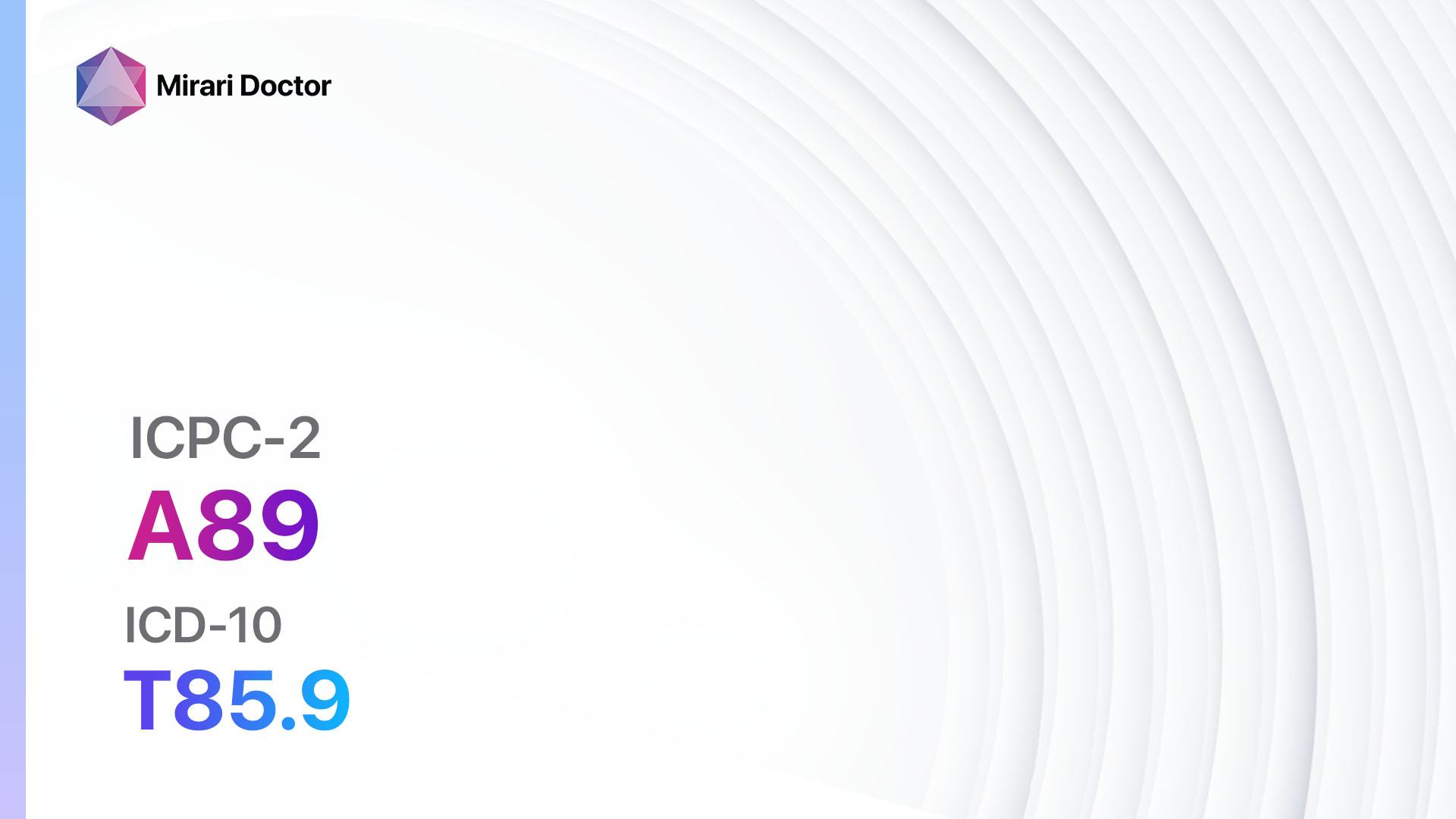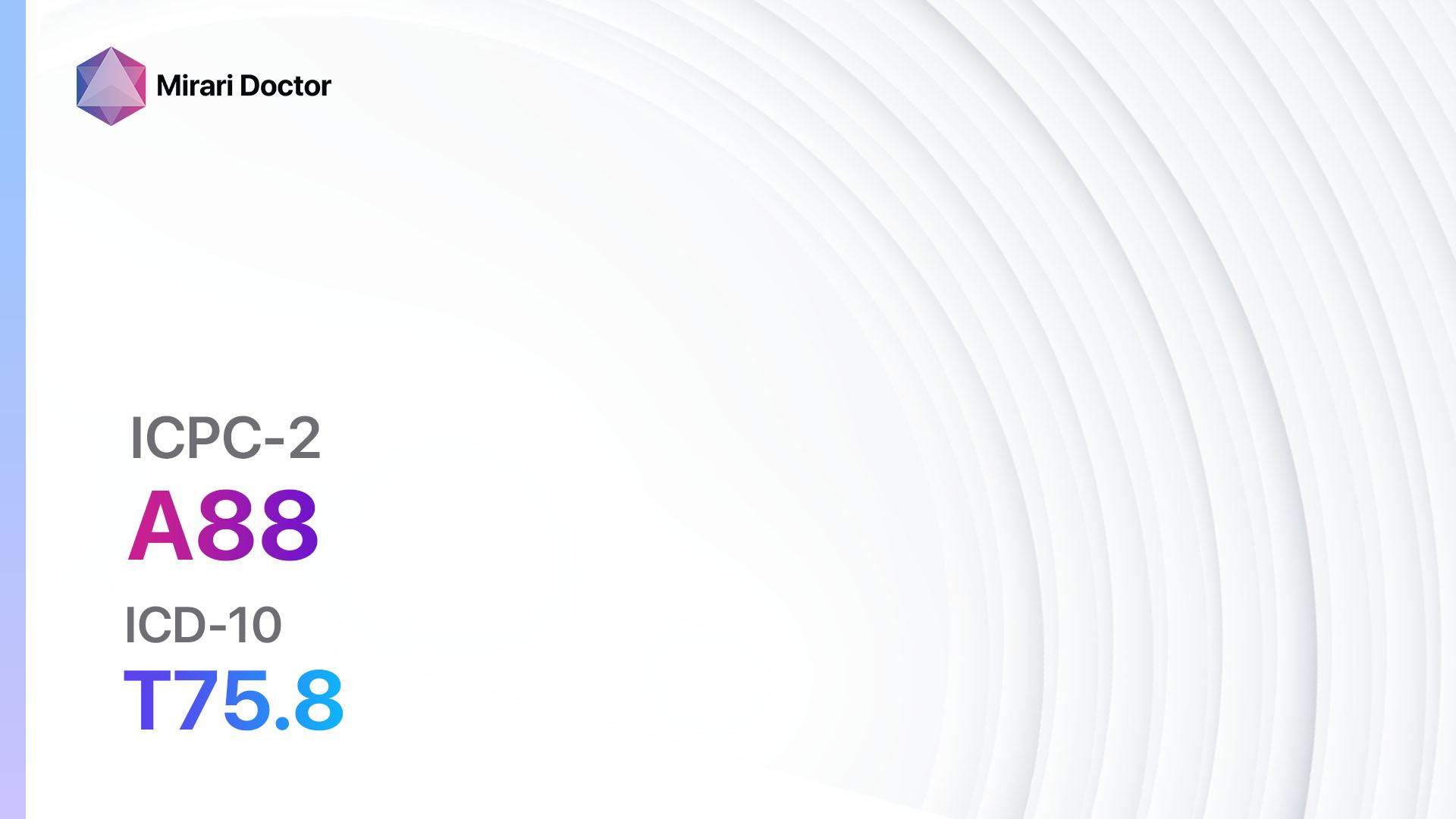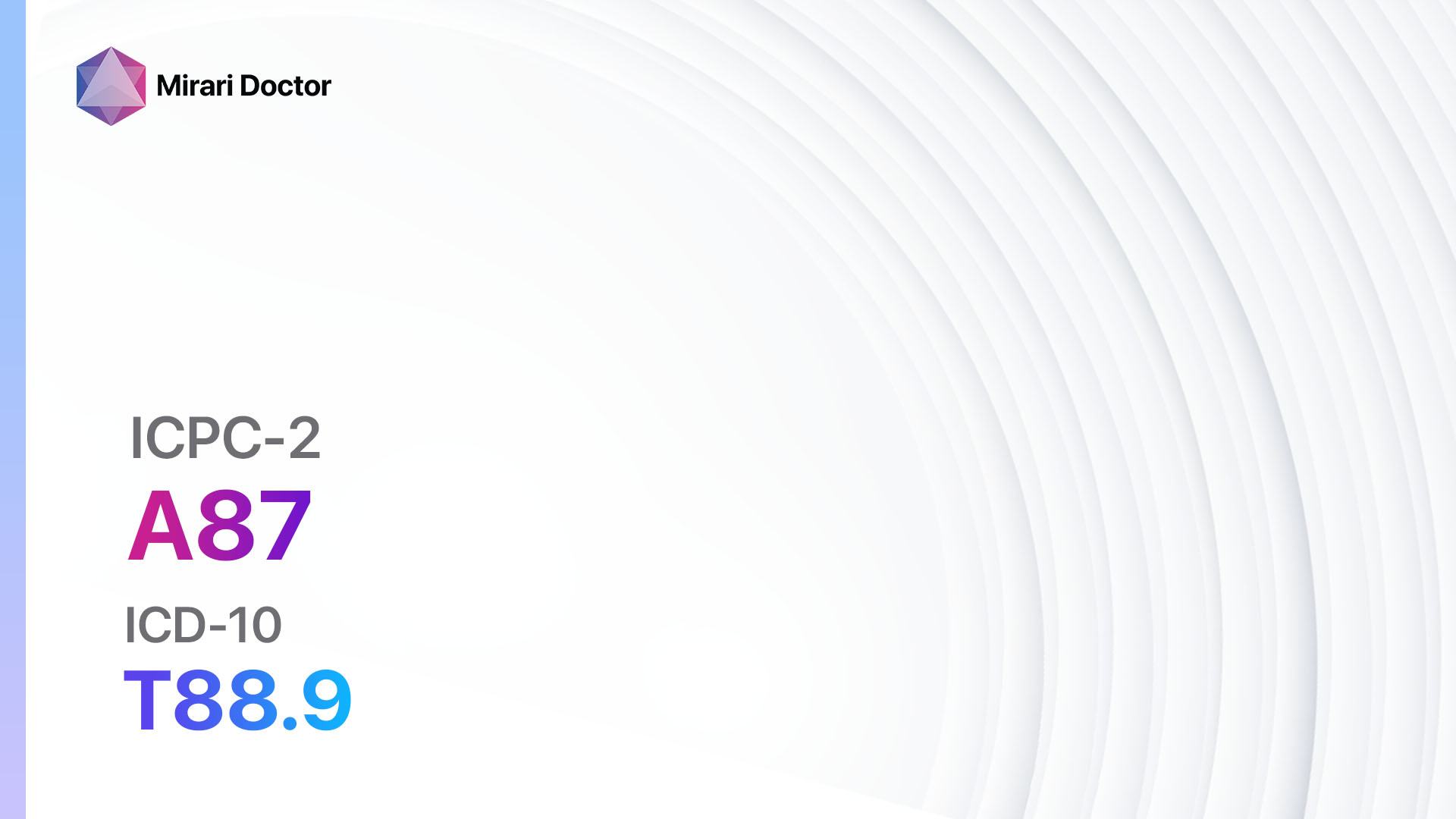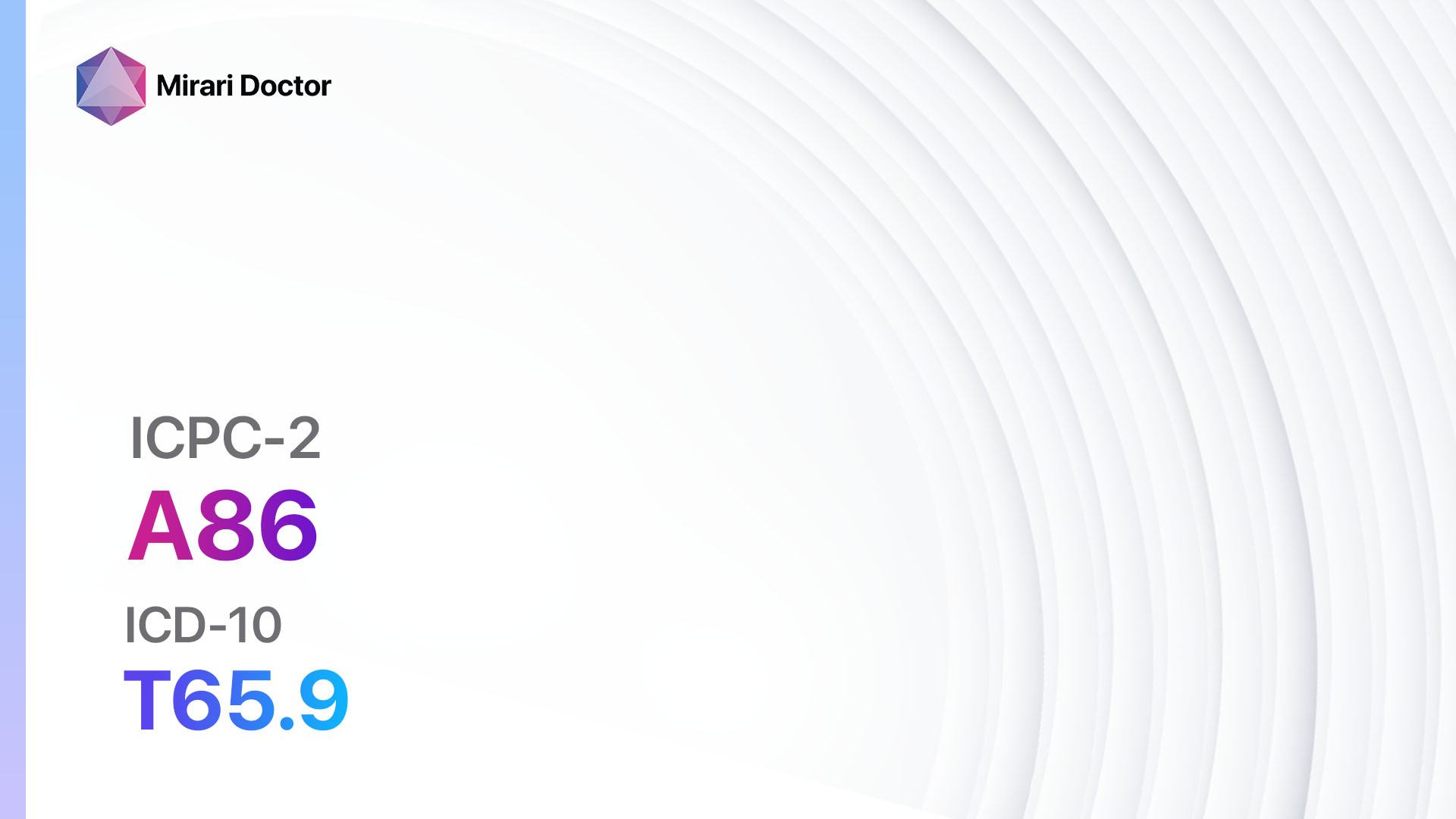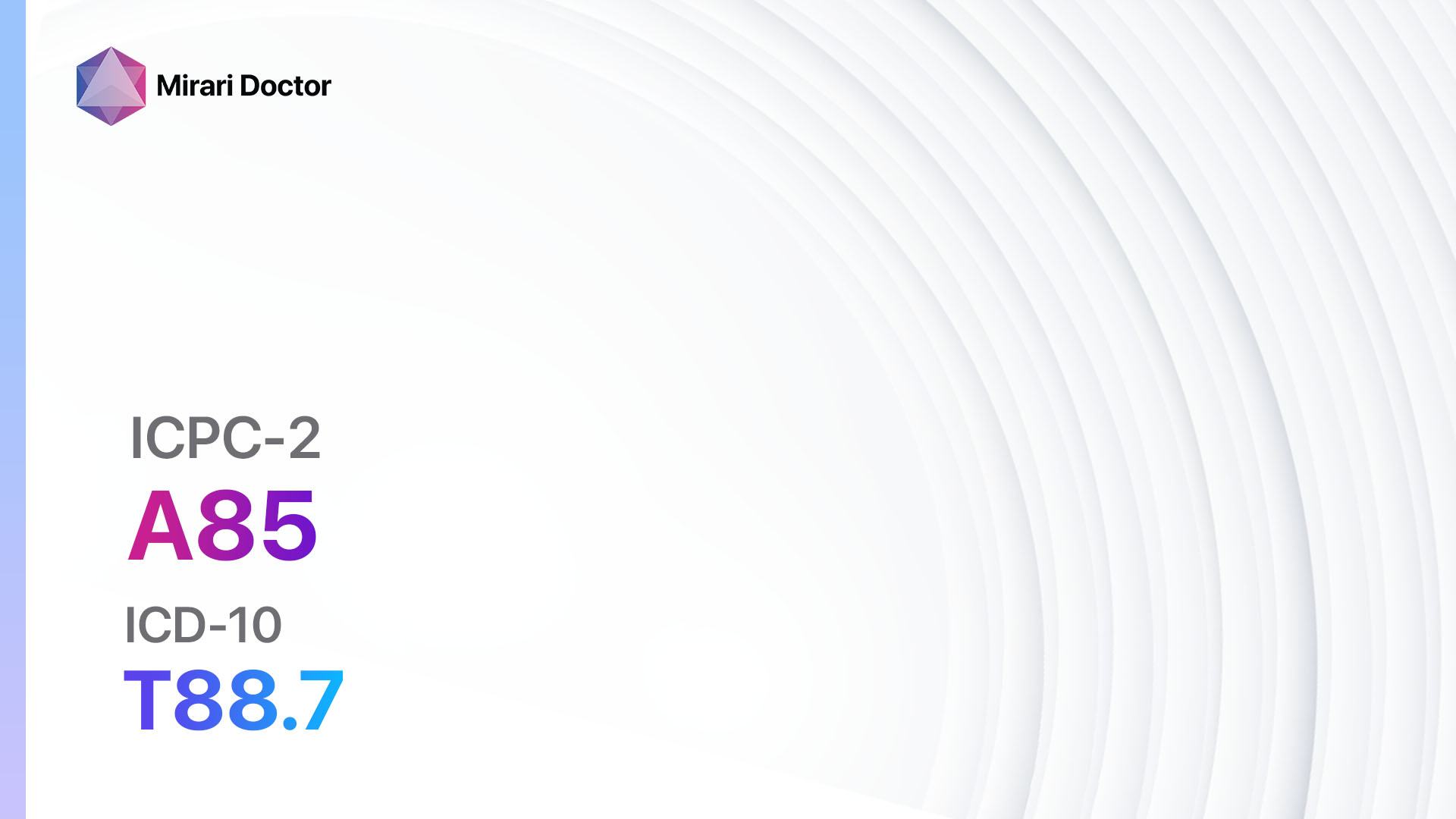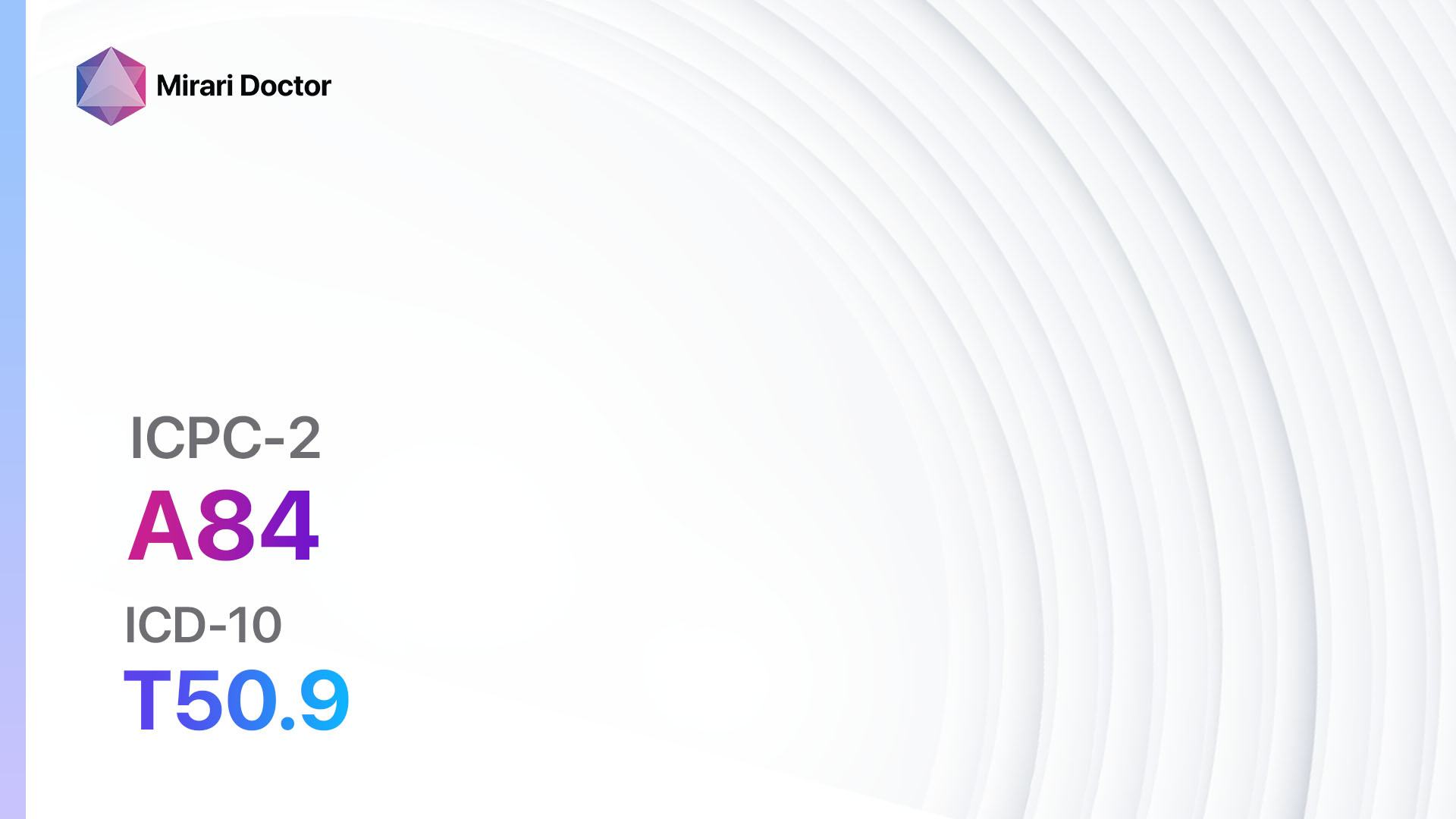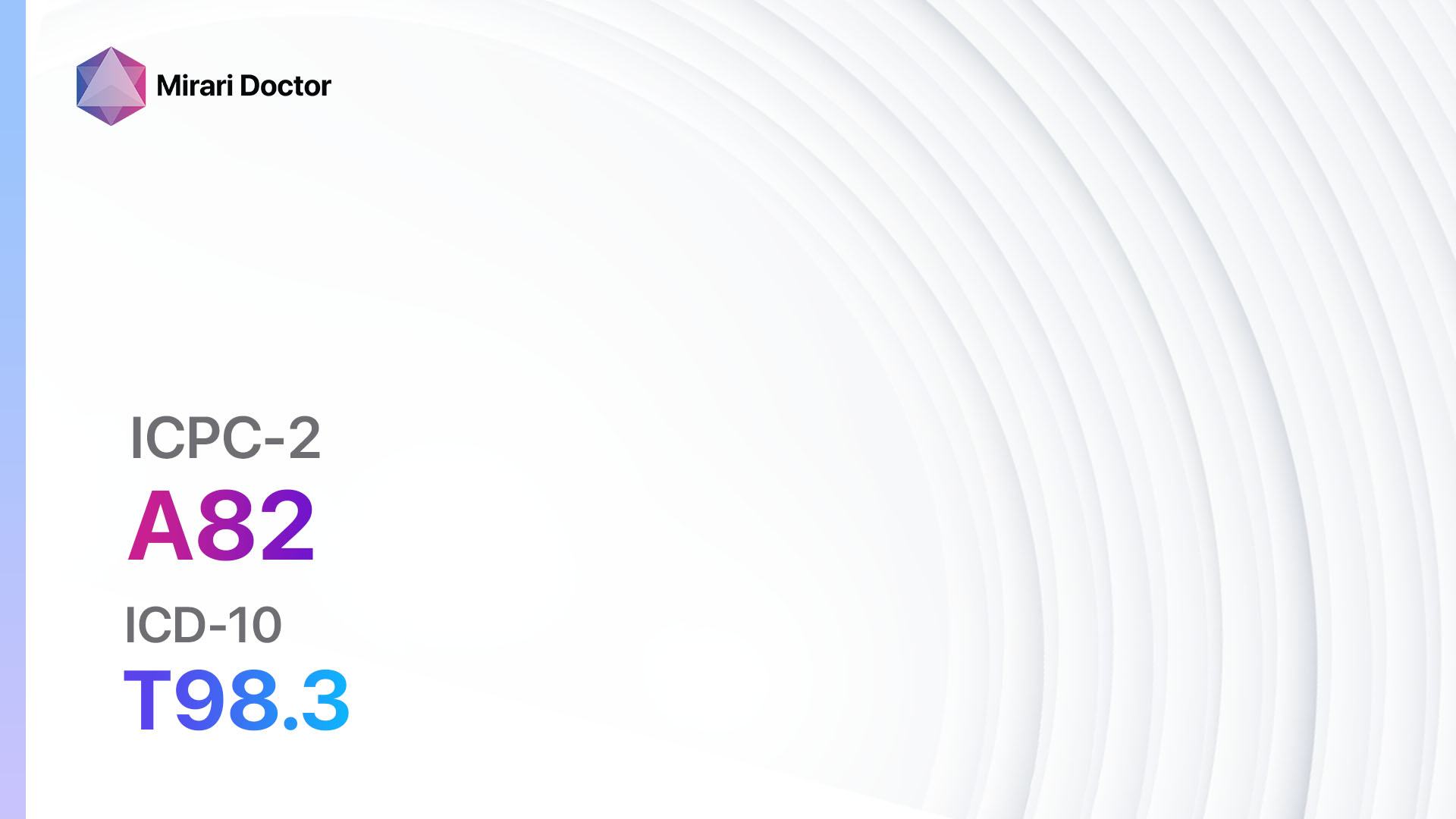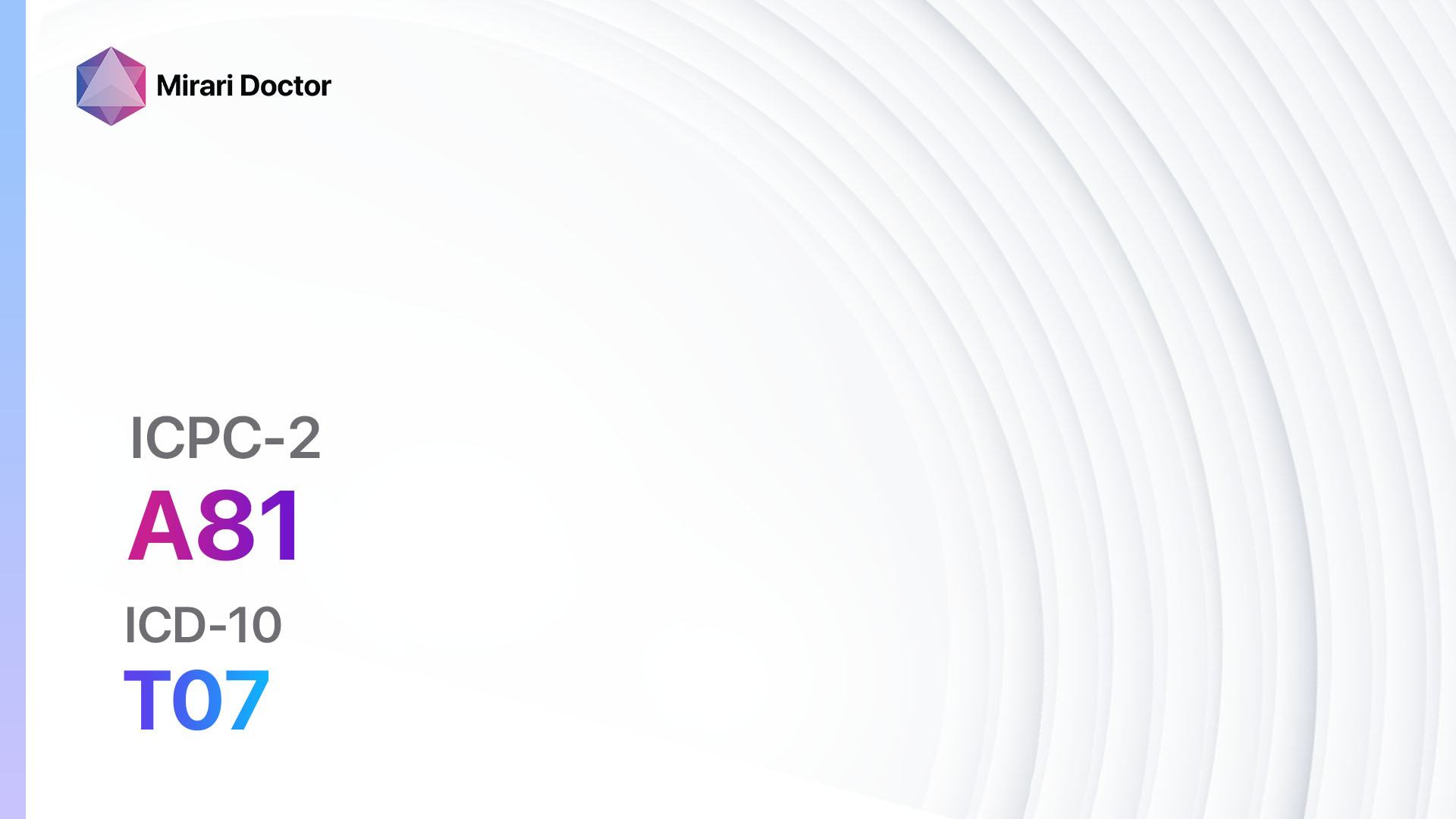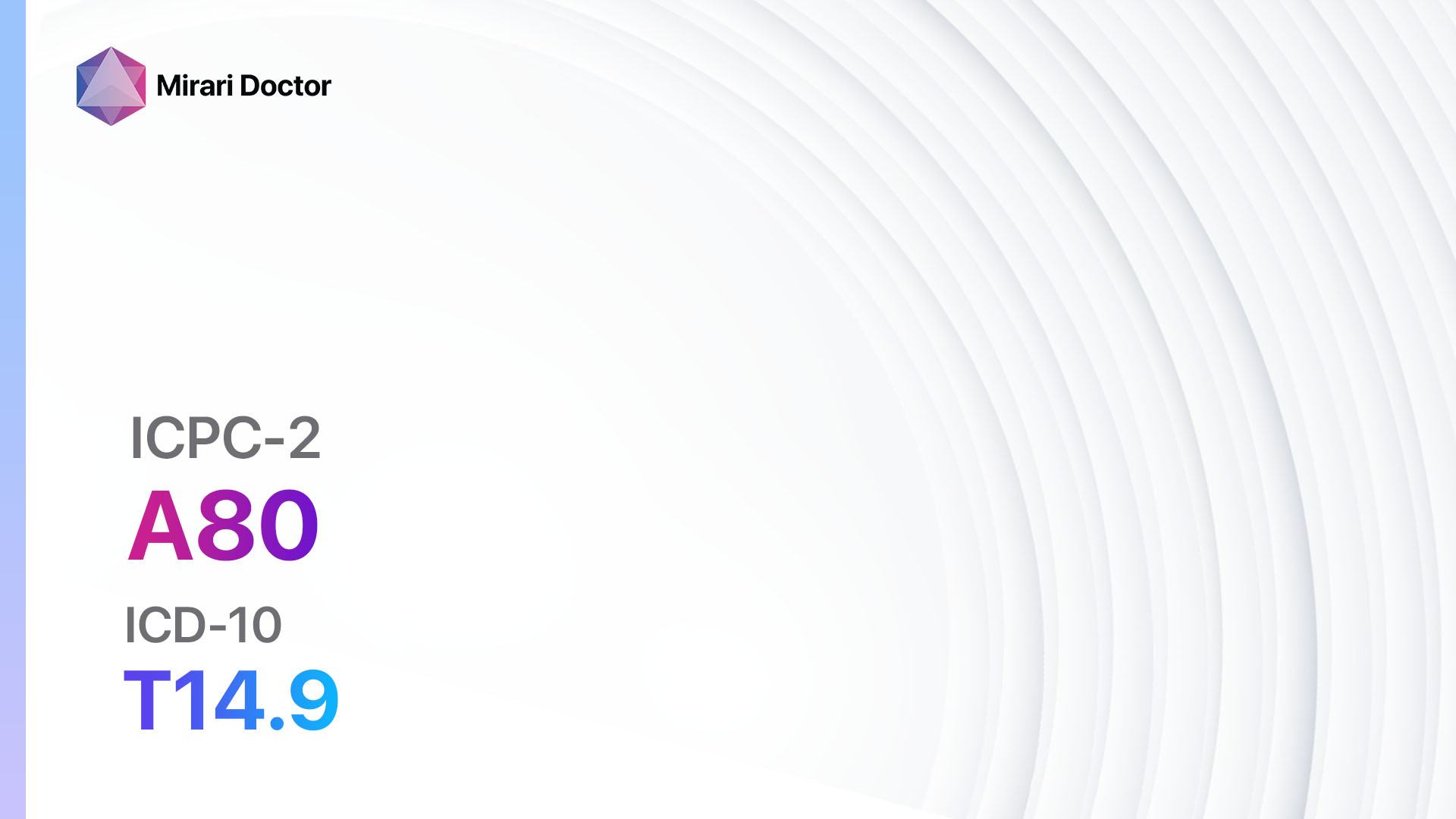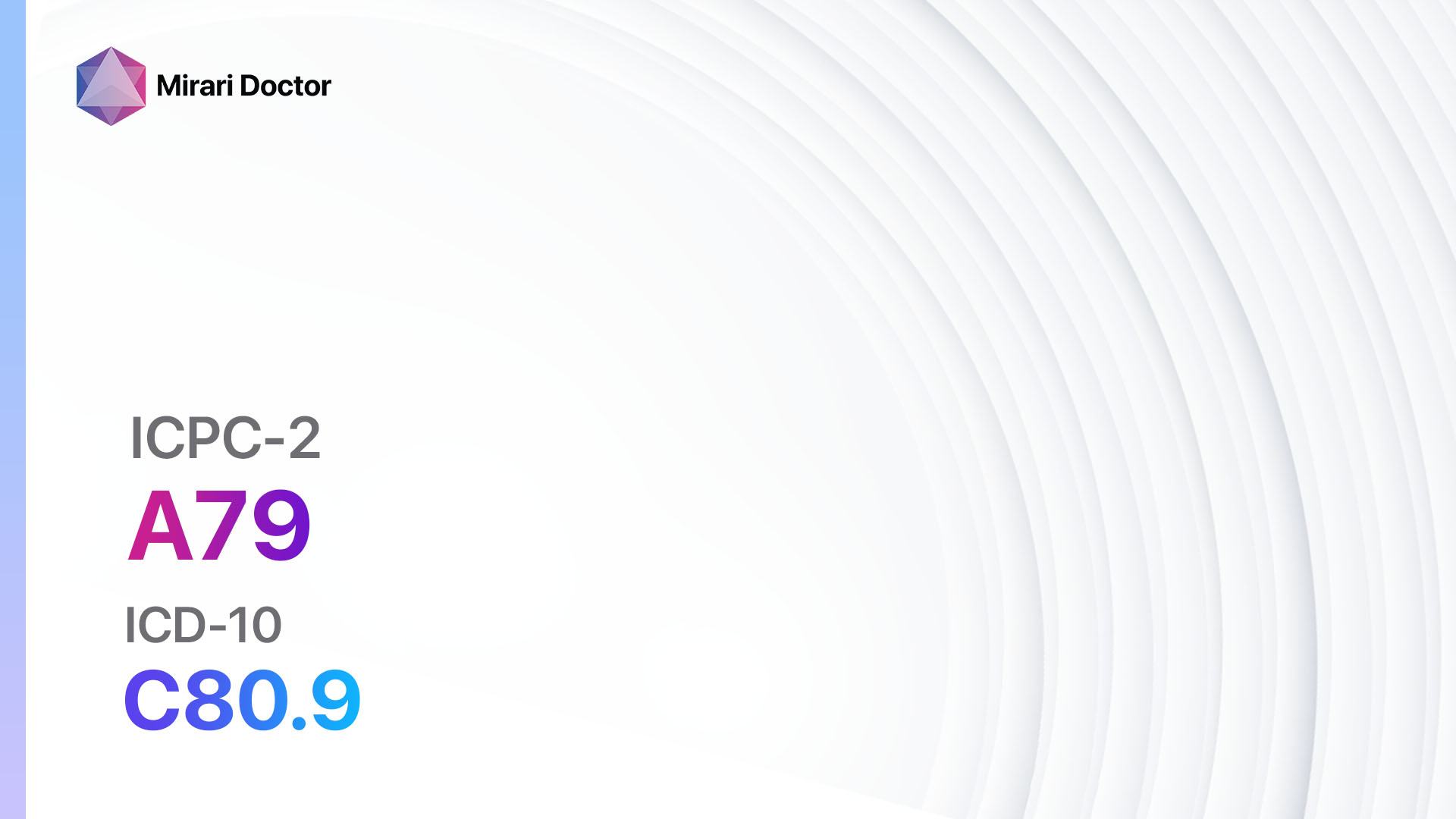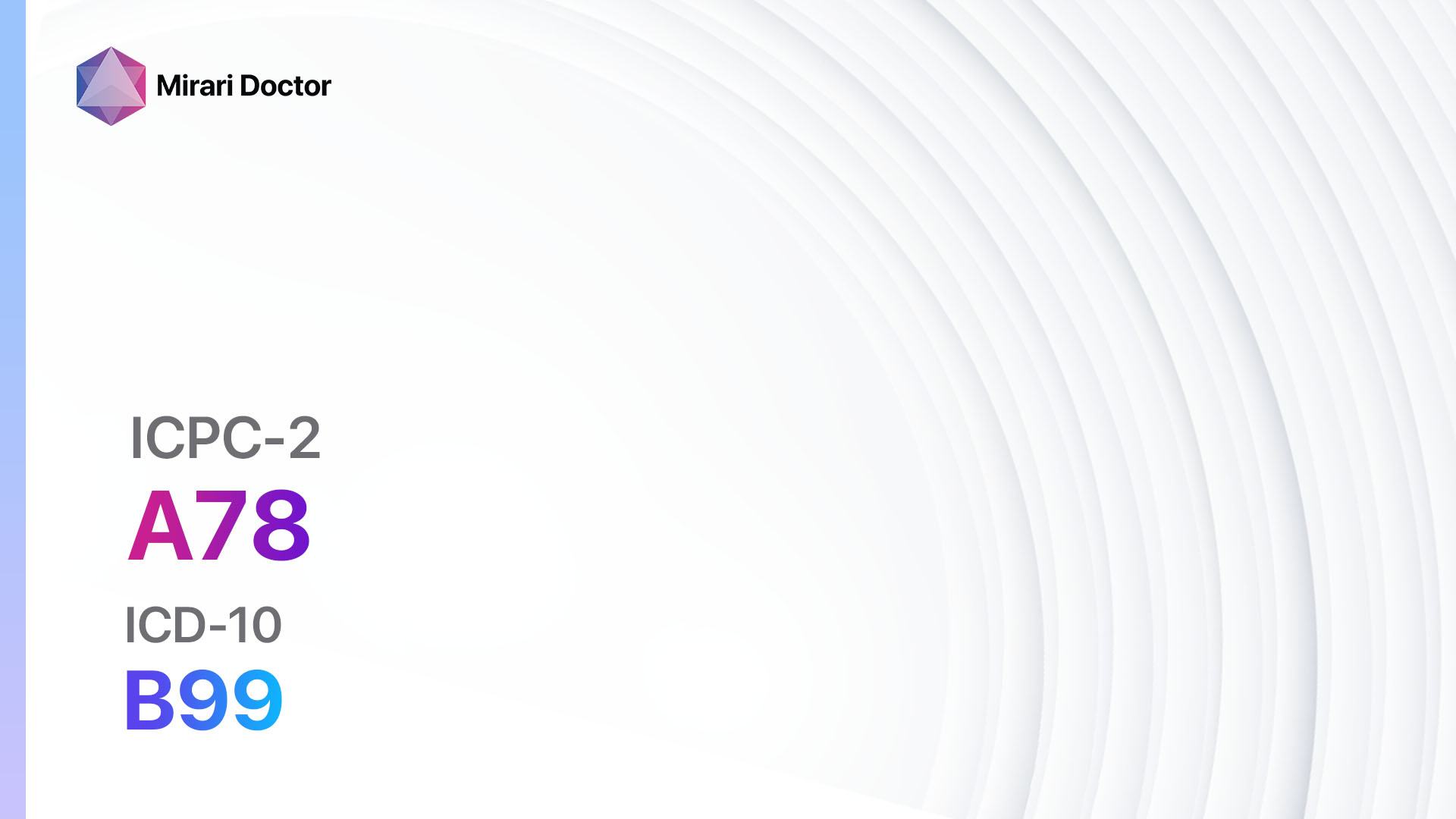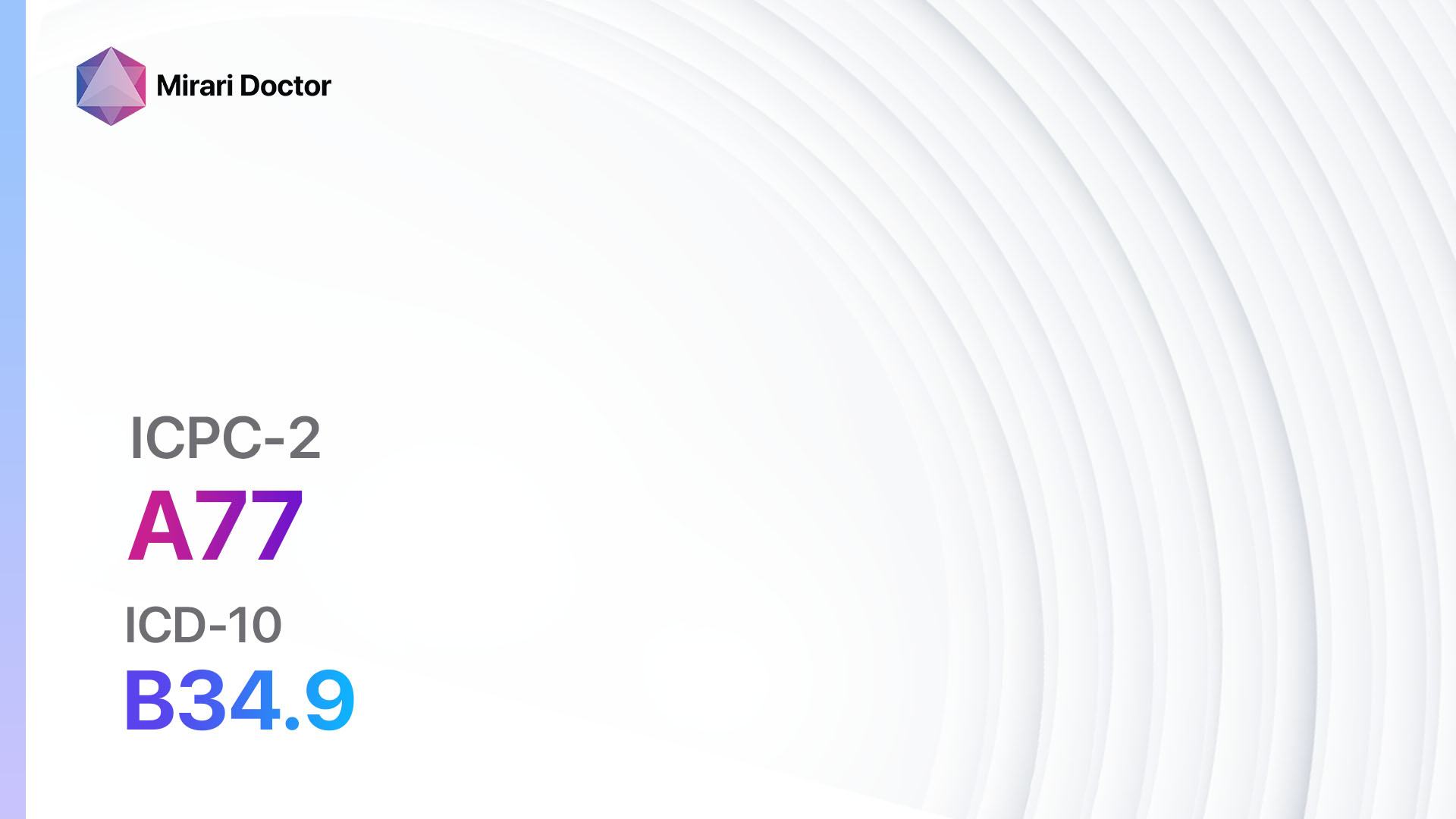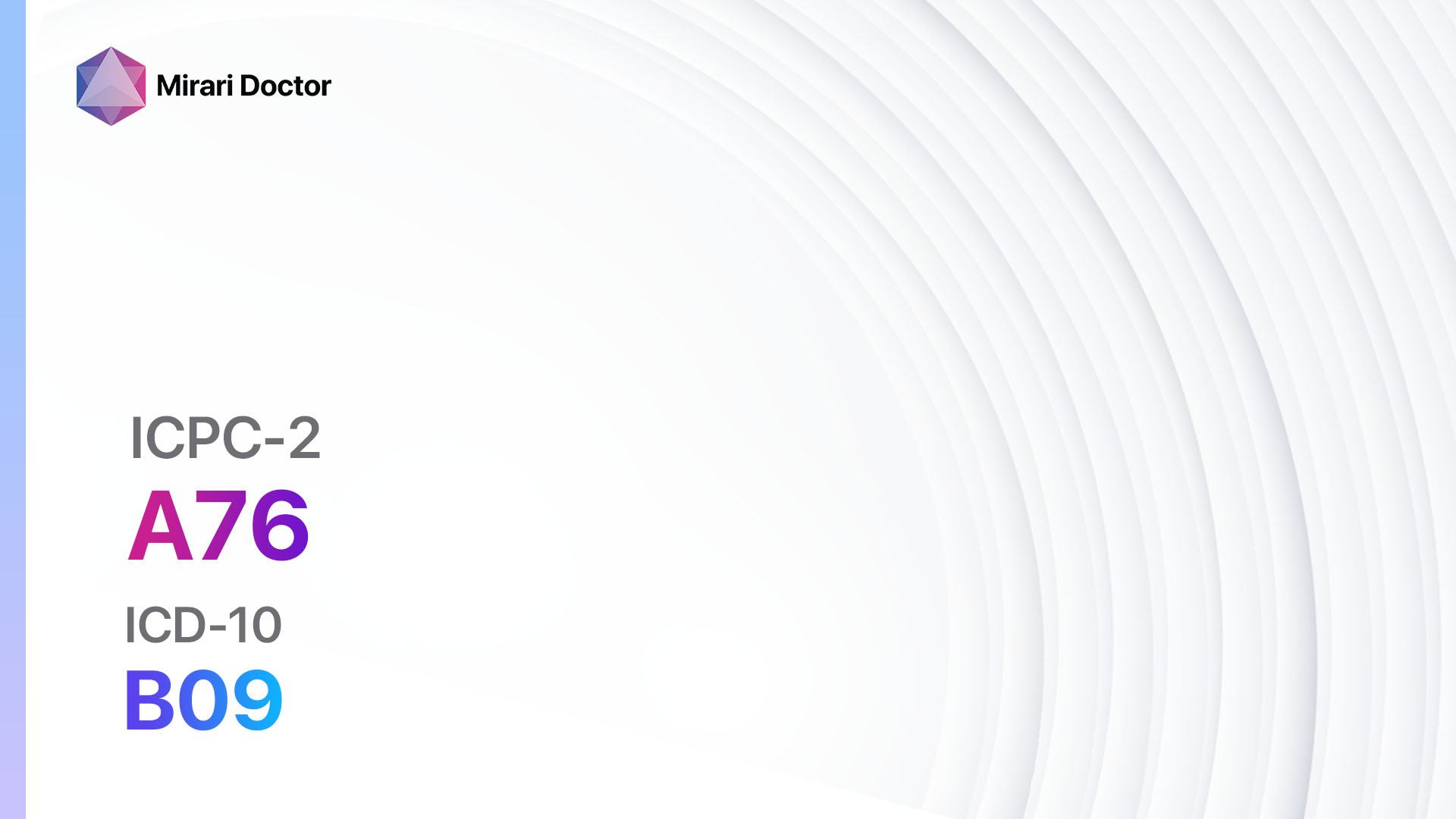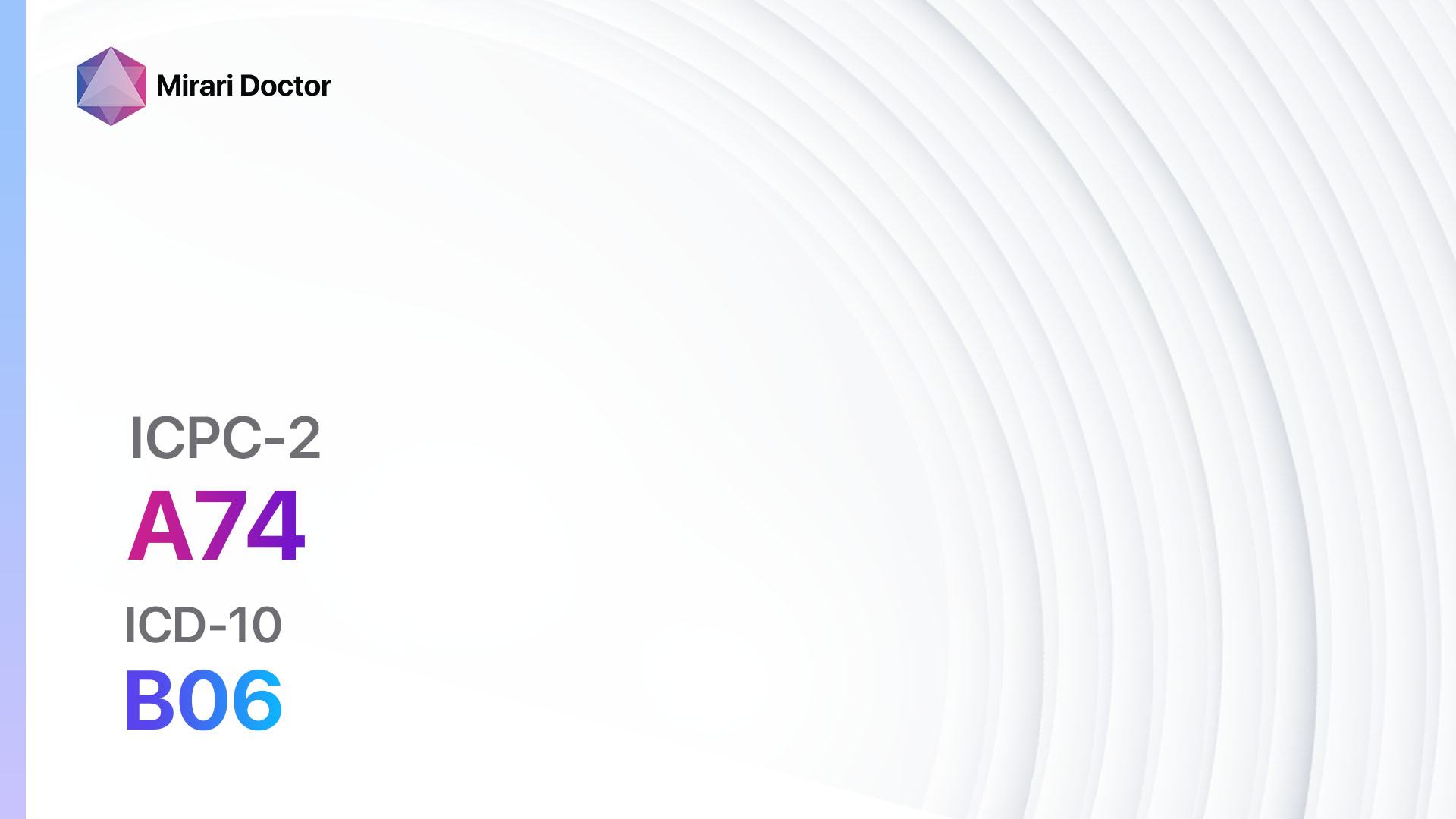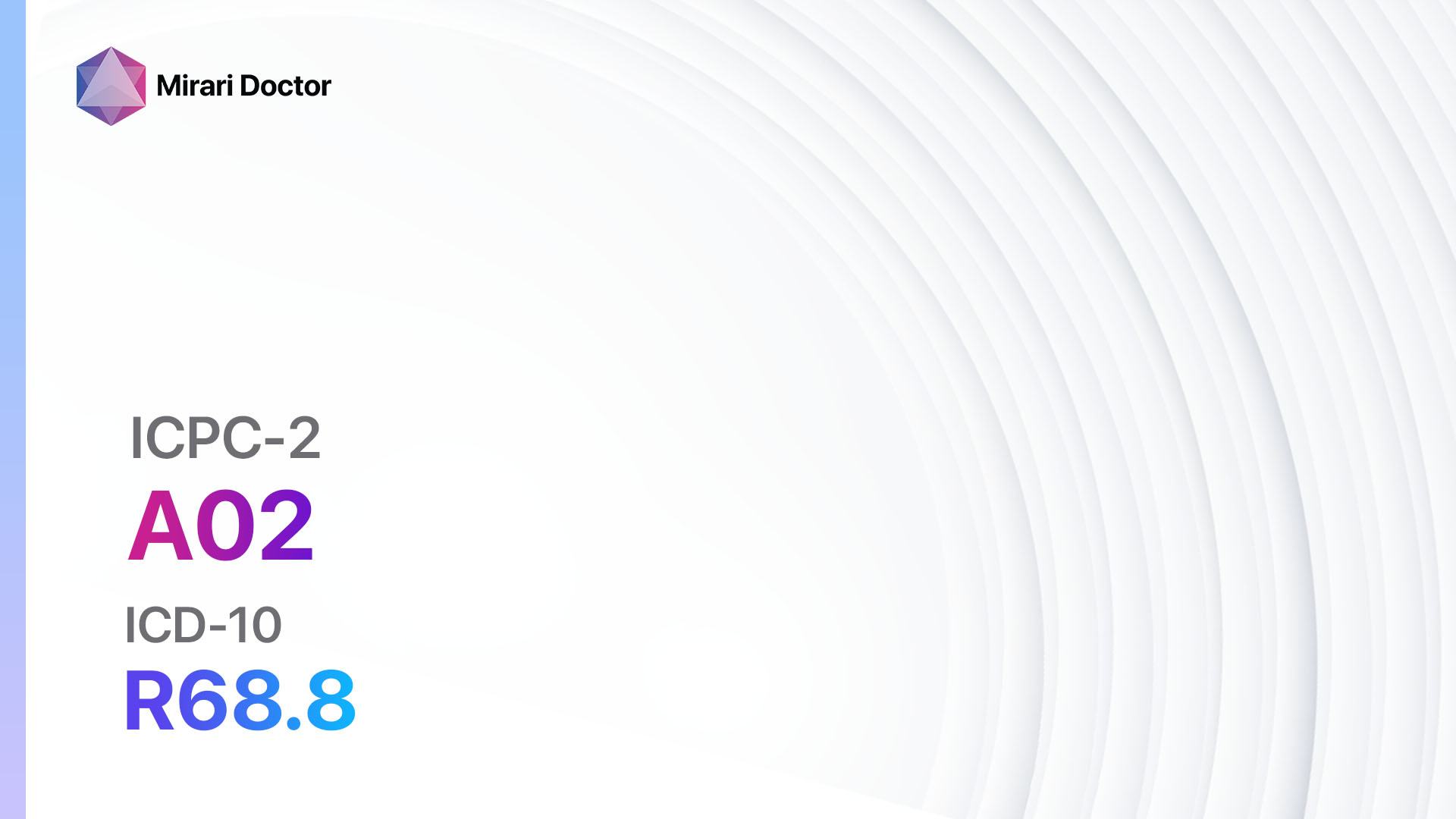
Introduction
Chills, also known as rigors, are a symptom characterized by the sudden onset of shivering and feeling cold. It is often accompanied by a rapid rise in body temperature.[1][2] Chills can be a sign of various underlying conditions, including infections, inflammatory diseases, and certain medications. The aim of this guide is to provide a comprehensive overview of chills, including its symptoms, causes, diagnostic steps, possible interventions, and patient education.
Codes
Symptoms
- Shivering: Uncontrollable shaking or trembling of the body.[1]
- Feeling cold: A sensation of being cold, even in warm environments.[1]
- Goosebumps: The appearance of small bumps on the skin, often accompanied by raised hair follicles.[1]
- Rapid rise in body temperature: Chills are often followed by a fever.[1]
Causes
- Infections: Chills are commonly associated with bacterial or viral infections, such as the flu, pneumonia, or urinary tract infections.[1][2]
- Inflammatory diseases: Conditions like rheumatoid arthritis or lupus can cause chills as a result of the body’s immune response.[1][5]
- Medications: Certain medications, such as antibiotics or antimalarials, can cause chills as a side effect.[1]
- Other causes: Chills can also be triggered by exposure to cold temperatures, anxiety or stress, or hormonal changes.[1]
Diagnostic Steps
Medical History
- Gather information about the patient’s recent exposure to infectious agents or travel history.
- Identify any underlying medical conditions or medications that may be contributing to the chills.
- Assess the severity and duration of the chills, as well as any associated symptoms.
Physical Examination
- Measure the patient’s body temperature to confirm the presence of a fever.
- Examine the skin for any signs of infection or inflammation.
- Palpate the lymph nodes to check for enlargement or tenderness.
Laboratory Tests
- Complete blood count (CBC): To assess for any signs of infection or abnormal white blood cell counts.[2]
- Blood cultures: To identify the presence of bacteria or fungi in the bloodstream.[2]
- Urinalysis: To rule out urinary tract infections as a potential cause of chills.[2]
- C-reactive protein (CRP) and erythrocyte sedimentation rate (ESR): To evaluate for signs of inflammation.[2]
- Other specific tests may be ordered based on the suspected underlying cause of the chills.[6]
Diagnostic Imaging
- Chest X-ray: To evaluate for pneumonia or other respiratory infections.[2]
- Abdominal ultrasound: To assess for any signs of infection or inflammation in the abdominal organs.[2]
- Other imaging modalities, such as CT scans or MRIs, may be ordered based on the suspected underlying cause.[7]
Other Tests
- Depending on the clinical presentation, additional tests such as serological tests, viral cultures, or specific antigen tests may be necessary to identify the underlying cause of the chills.[2]
Follow-up and Patient Education
- Provide the patient with information about the underlying cause of their chills and the recommended treatment plan.[8]
- Advise the patient on the importance of completing any prescribed medications or treatments.[8]
- Educate the patient on measures to prevent the recurrence of chills, such as practicing good hygiene and avoiding exposure to infectious agents.[2][9]
Possible Interventions
Traditional Interventions
Medications:
Top 5 drugs for Chills:
- Acetaminophen:
- Cost: $5-$15 for a bottle of generic acetaminophen.
- Contraindications: Allergy to acetaminophen, severe liver disease.
- Side effects: Rare, but may include rash or allergic reactions.
- Severe side effects: Liver damage (rare).
- Drug interactions: Alcohol, certain medications (e.g., warfarin).
- Warning: Do not exceed the recommended dosage.
- Ibuprofen:
- Cost: $5-$15 for a bottle of generic ibuprofen.
- Contraindications: Allergy to ibuprofen, history of stomach ulcers or bleeding disorders.
- Side effects: Upset stomach, heartburn.
- Severe side effects: Stomach bleeding, allergic reactions.
- Drug interactions: Blood thinners, certain medications for high blood pressure.
- Warning: Take with food to minimize stomach upset.
- Antibiotics (e.g., Amoxicillin, Azithromycin):
- Cost: Varies depending on the specific antibiotic and insurance coverage.
- Contraindications: Allergy to the specific antibiotic.
- Side effects: Nausea, diarrhea.
- Severe side effects: Allergic reactions, severe diarrhea.
- Drug interactions: Certain medications, such as blood thinners or antacids.
- Warning: Take the full course of antibiotics as prescribed.
- Antiviral medications (e.g., Oseltamivir):
- Cost: $50-$100 for a course of generic oseltamivir.
- Contraindications: Allergy to oseltamivir.
- Side effects: Nausea, vomiting.
- Severe side effects: Rare, but may include severe allergic reactions.
- Drug interactions: None reported.
- Warning: Start antiviral treatment within 48 hours of symptom onset for maximum effectiveness.
- Antifungal medications (e.g., Fluconazole):
- Cost: $10-$50 for a course of generic fluconazole.
- Contraindications: Allergy to fluconazole.
- Side effects: Nausea, headache.
- Severe side effects: Rare, but may include severe allergic reactions or liver damage.
- Drug interactions: Certain medications, such as blood thinners or antacids.
- Warning: Take as directed and complete the full course of treatment.
Alternative Drugs:
- Homeopathic remedies: Various homeopathic remedies, such as Oscillococcinum, are available over the counter and may be used to alleviate chills. Cost: $10-$20 per package.
- Herbal supplements: Certain herbs, such as Echinacea or elderberry, are believed to boost the immune system and may help in relieving chills. Cost: Varies depending on the specific supplement.
Surgical Procedures:
- Surgical interventions are not typically indicated for the treatment of chills.
Alternative Interventions
- Warm compresses: Applying warm compresses to the affected areas can help alleviate chills. Cost: Minimal.
- Hydration: Drinking warm fluids, such as herbal tea or warm water with lemon, can help warm the body from the inside. Cost: Minimal.
- Relaxation techniques: Practicing relaxation techniques, such as deep breathing exercises or meditation, can help reduce stress and alleviate chills. Cost: Minimal.
- Warm clothing and blankets: Wearing warm clothing and using blankets can help maintain body temperature and alleviate chills. Cost: Varies depending on personal preferences.
- Hot baths or showers: Taking a hot bath or shower can help raise body temperature and alleviate chills. Cost: Minimal.
Lifestyle Interventions
- Rest and sleep: Getting adequate rest and sleep can help support the immune system and promote recovery from infections. Cost: Minimal.
- Healthy diet: Consuming a balanced diet rich in fruits, vegetables, and lean proteins can help support the immune system and overall health. Cost: Varies depending on personal food choices.
- Exercise: Engaging in regular physical activity can help boost the immune system and improve overall health. Cost: Minimal to free.
- Stress management: Practicing stress management techniques, such as yoga or mindfulness meditation, can help reduce stress and support the immune system. Cost: Minimal to free.
- Avoidance of triggers: Identifying and avoiding triggers, such as cold temperatures or certain foods, can help prevent the recurrence of chills. Cost: Minimal.
It is important to note that the cost ranges provided are approximate and may vary depending on the location and availability of the interventions. It is recommended to consult with a healthcare professional for personalized treatment options and cost estimates.
Mirari Cold Plasma Alternative Intervention
Understanding Mirari Cold Plasma
- Safe and Non-Invasive Treatment: Mirari Cold Plasma is a safe and non-invasive treatment option for various skin conditions. It does not require incisions, minimizing the risk of scarring, bleeding, or tissue damage.
- Efficient Extraction of Foreign Bodies: Mirari Cold Plasma facilitates the removal of foreign bodies from the skin by degrading and dissociating organic matter, allowing easier access and extraction.
- Pain Reduction and Comfort: Mirari Cold Plasma has a local analgesic effect, providing pain relief during the treatment, making it more comfortable for the patient.
- Reduced Risk of Infection: Mirari Cold Plasma has antimicrobial properties, effectively killing bacteria and reducing the risk of infection.
- Accelerated Healing and Minimal Scarring: Mirari Cold Plasma stimulates wound healing and tissue regeneration, reducing healing time and minimizing the formation of scars.
Mirari Cold Plasma Prescription
Video instructions for using Mirari Cold Plasma Device – A02 Chills (ICD-10:R68.8)
| Mild | Moderate | Severe |
| Mode setting: 1 (Infection) Location: 0 (Localized) Morning: 15 minutes, Evening: 15 minutes |
Mode setting: 1 (Infection) Location: 0 (Localized) Morning: 30 minutes, Lunch: 30 minutes, Evening: 30 minutes |
Mode setting: 1 (Infection) Location: 0 (Localized) Morning: 30 minutes, Lunch: 30 minutes, Evening: 30 minutes |
| Mode setting: 2 (Wound Healing) Location: 7 (Neuro system & ENT) Morning: 15 minutes, Evening: 15 minutes |
Mode setting: 2 (Wound Healing) Location: 7 (Neuro system & ENT) Morning: 30 minutes, Lunch: 30 minutes, Evening: 30 minutes |
Mode setting: 2 (Wound Healing) Location: 7 (Neuro system & ENT) Morning: 30 minutes, Lunch: 30 minutes, Evening: 30 minutes |
| Mode setting: 3 (Antiviral Therapy) Location: 6 (Throat, Lymphatic & Thyroid) Morning: 15 minutes, Evening: 15 minutes |
Mode setting: 3 (Antiviral Therapy) Location: 6 (Throat, Lymphatic & Thyroid) Morning: 30 minutes, Lunch: 30 minutes, Evening: 30 minutes |
Mode setting: 3 (Antiviral Therapy) Location: 6 (Throat, Lymphatic & Thyroid) Morning: 30 minutes, Lunch: 30 minutes, Evening: 30 minutes |
| Mode setting: 7 (Immunotherapy) Location: 1 (Sacrum) Morning: 15 minutes, Evening: 15 minutes |
Mode setting: 7 (Immunotherapy) Location: 1 (Sacrum) Morning: 30 minutes, Lunch: 30 minutes, Evening: 30 minutes |
Mode setting: 7 (Immunotherapy) Location: 1 (Sacrum) Morning: 30 minutes, Lunch: 30 minutes, Evening: 30 minutes |
| Total Morning: 60 minutes approx. $10 USD, Evening: 60 minutes approx. $10 USD |
Total Morning: 120 minutes approx. $20 USD, Lunch: 120 minutes approx. $20 USD, Evening: 120 minutes approx. $20 USD, |
Total Morning: 120 minutes approx. $20 USD, Lunch: 120 minutes approx. $20 USD, Evening: 120 minutes approx. $20 USD, |
| Usual treatment for 7-60 days approx. $140 USD – $1200 USD | Usual treatment for 6-8 weeks approx. $2,520 USD – $3,360 USD |
Usual treatment for 3-6 months approx. $5,400 USD – $10,800 USD
|
 |
|
Use the Mirari Cold Plasma device to treat Chills effectively.
WARNING: MIRARI COLD PLASMA IS DESIGNED FOR THE HUMAN BODY WITHOUT ANY ARTIFICIAL OR THIRD PARTY PRODUCTS. USE OF OTHER PRODUCTS IN COMBINATION WITH MIRARI COLD PLASMA MAY CAUSE UNPREDICTABLE EFFECTS, HARM OR INJURY. PLEASE CONSULT A MEDICAL PROFESSIONAL BEFORE COMBINING ANY OTHER PRODUCTS WITH USE OF MIRARI.[10]
Step 1: Cleanse the Skin
- Start by cleaning the affected area of the skin with a gentle cleanser or mild soap and water. Gently pat the area dry with a clean towel.
Step 2: Prepare the Mirari Cold Plasma device
- Ensure that the Mirari Cold Plasma device is fully charged or has fresh batteries as per the manufacturer’s instructions. Make sure the device is clean and in good working condition.
- Switch on the Mirari device using the power button or by following the specific instructions provided with the device.
- Some Mirari devices may have adjustable settings for intensity or treatment duration. Follow the manufacturer’s instructions to select the appropriate settings based on your needs and the recommended guidelines.
Step 3: Apply the Device
- Place the Mirari device in direct contact with the affected area of the skin. Gently glide or hold the device over the skin surface, ensuring even coverage of the area experiencing.
- Slowly move the Mirari device in a circular motion or follow a specific pattern as indicated in the user manual. This helps ensure thorough treatment coverage.
Step 4: Monitor and Assess:
- Keep track of your progress and evaluate the effectiveness of the Mirari device in managing your Chills. If you have any concerns or notice any adverse reactions, consult with your health care professional.
Note
This guide is for informational purposes only and should not replace the advice of a medical professional. Always consult with your healthcare provider or a qualified medical professional for personal advice, diagnosis, or treatment. Do not solely rely on the information presented here for decisions about your health. Use of this information is at your own risk. The authors of this guide, nor any associated entities or platforms, are not responsible for any potential adverse effects or outcomes based on the content.
Mirari Cold Plasma System Disclaimer
- Purpose: The Mirari Cold Plasma System is a Class 2 medical device designed for use by trained healthcare professionals. It is registered for use in Thailand and Vietnam. It is not intended for use outside of these locations.
- Informational Use: The content and information provided with the device are for educational and informational purposes only. They are not a substitute for professional medical advice or care.
- Variable Outcomes: While the device is approved for specific uses, individual outcomes can differ. We do not assert or guarantee specific medical outcomes.
- Consultation: Prior to utilizing the device or making decisions based on its content, it is essential to consult with a Certified Mirari Tele-Therapist and your medical healthcare provider regarding specific protocols.
- Liability: By using this device, users are acknowledging and accepting all potential risks. Neither the manufacturer nor the distributor will be held accountable for any adverse reactions, injuries, or damages stemming from its use.
- Geographical Availability: This device has received approval for designated purposes by the Thai and Vietnam FDA. As of now, outside of Thailand and Vietnam, the Mirari Cold Plasma System is not available for purchase or use.
References
-
- Chills: Causes, home remedies, treatment, and more – Medical News Today. https://www.medicalnewstoday.com/articles/chills
- Chills: Causes & Treatment – Cleveland Clinic. https://my.clevelandclinic.org/health/symptoms/21476-chills
- ICPC-2 Codes – RxReasoner. https://www.rxreasoner.com/icpc2codes/component/S
- ICD-10-CM Code for Other general symptoms and signs R68.8 – AAPC. https://www.aapc.com/codes/icd-10-codes/R68.8
- Chills – Symptoms, Causes, Diagnosis, Treatment – Medicover Hospitals. https://www.medicoverhospitals.in/symptoms/chills
- Chills, Causes, Symptoms, Treatment – Bay Biosciences, LLC. https://baybiosciences.com/chills-causes-symptoms-treatment/
- Chills – Sprint Diagnostics. https://www.sprintdiagnostics.in/symptoms/chills
- Managing Fever and Chills | Haleon HealthPartner. https://www.haleonhealthpartner.com/en-sa/respiratory-health/conditions/fever-and-chills/management/
- Disease factsheet about poliomyelitis – European Centre for Disease Prevention and Control. https://www.ecdc.europa.eu/en/poliomyelitis/facts
- Chills ICD-10-CM Codes | 2023 – Carepatron. https://www.carepatron.com/icd/chills
Related articles
Made in USA


